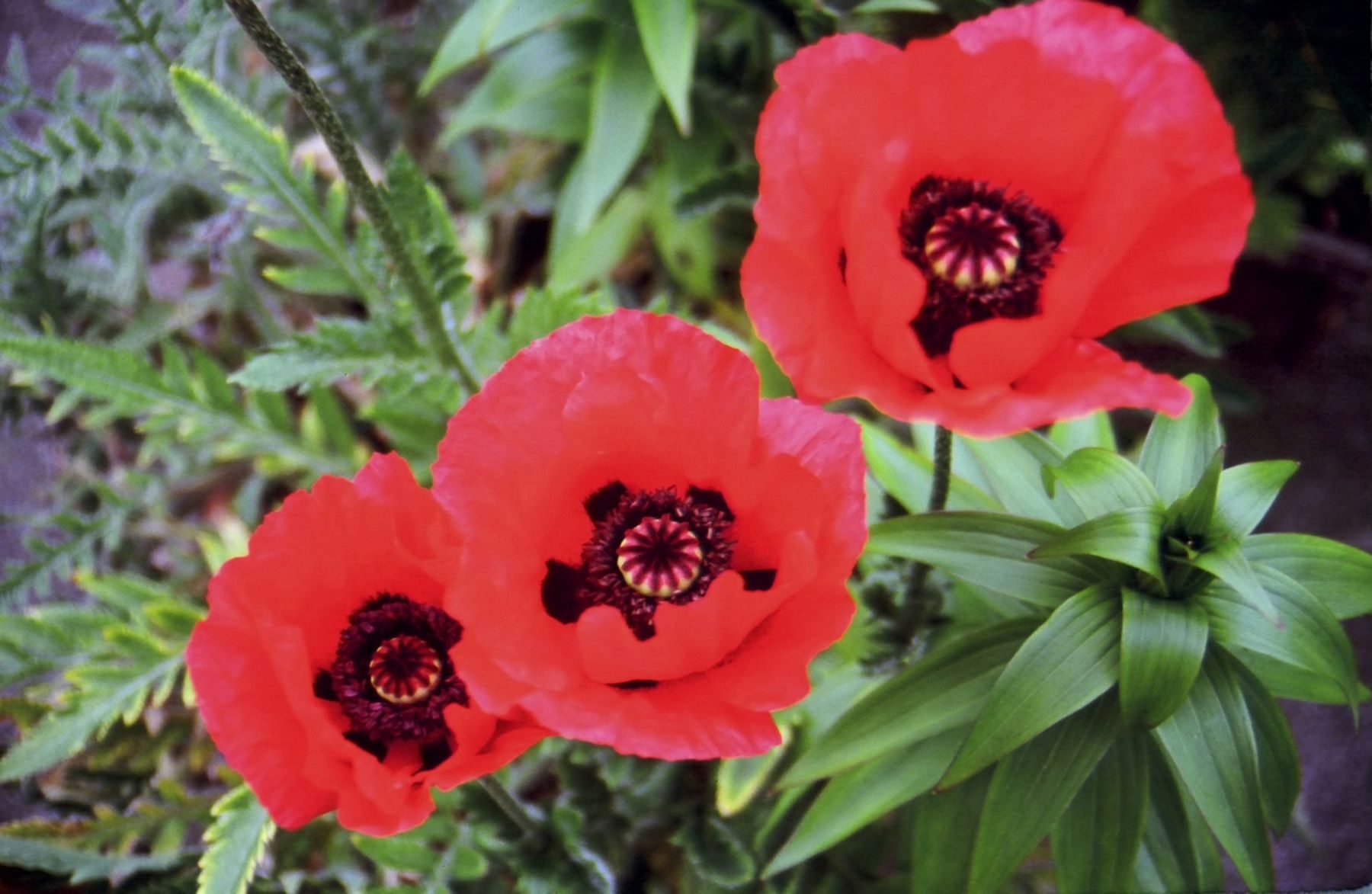June was long in coming this year. Now that it’s here, every nursery and garden center across the land draws us in with sheer flower power. Even the beginning gardener with a newly planted garden will be able to have a blooming summer border. For most of us, our gardening obsession begins when the sun returns on a regular basis. If we are lucky, June heralds not only the arrival of summer sunshine, but also a long stay for the sun.
Gardeners revel in the experience of creating plant color combinations. We can be equally pleased with the simple, overwhelming beauty of a single blooming rose. That is why we are so willing to commit ourselves to creating a garden. Anyone who dallies in the field of creativity will tell you right up front to give the process of flower gardening free rein.
However, trying to control the nature of a garden is a full-time job often fraught with frustration. Chaos is a more reliable helpmate to the creative spirit than is control. Just this week I begged my Oriental poppies, Papaver orientale, to hold off blooming until the third weekend of June. “Wait for the summer parties and the big garden events,” I pleaded. “Think of all the accolades as visitors ‘ooh’ and ‘aah’ at your vibrant delicacy.” They immediately turned towards the sun and burst into mouth-watering color.
Oriental poppies are reliable, hardy perennials, easy to grow if planted in a sunny location with well-drained soil. If you have heavy soil, add compost and a handful of grit before planting. Think of them growing in their homeland of Armenia, where they emerge from rocky slopes and grow interspersed with wild flowers in dry meadows. Their large taproot ensures a tolerance of drought once established.



